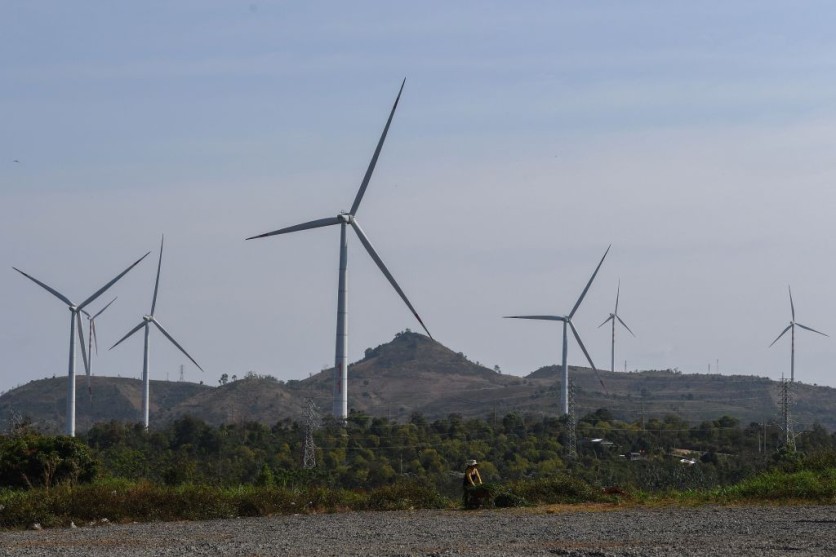Arcosa, a Dallas-based manufacturer received $750 million worth of wind turbine orders, thus, it will build a new factory to make them, as reported by Electrek.

Most of their orders will be used for wind energy projects in the US Southwest. Now, the manufacturer is set to build its new factory in New Mexico.
New Mexico had 4,235 megawatts of installed wind capacity, which powers 35 per cent of its electric grid. The manufacturer plans to invest $55-60 million to purchase a property in the Rio Grande Industrial Park.
They plan to modify the existing plant and gather the necessary equipment for the new factory, which is expected to create approximate 250 jobs.
The Wind Tower Orders
The new orders are expected to be eligible for the Advanced Manufacturing Production tax credit under the Inflation Reduction Act.
New Mexico will contribute $4 million from its Local Economic Development Act job-creation fund to the fit-out of the new factory. Meanwhile, the city of Belen will contribute to the project with Industrial Revenue Bonds.
The project is said to have an economic impact of $314 million over the next ten years.
The production of the new factory will start in mid-2024, while the current orders will provide the manufacturer's new factory a healthy level of backlog through 2028.
The Rise of Wind Energy Today
Wind energy has become a major source of renewable energy in the U.S. In 2020, wind power met 6.3% of the nation's electricity demand, and the Department of Energy forecasts that by 2050, the share of wind power could reach nearly 35%.
This growth is largely due to technological advances that have made wind turbines more efficient and cost-effective, and to government subsidies and incentives that have made wind energy more attractive to investors.
The U.S. government has also implemented policies to support the development of offshore wind farms, which are expected to become a major source of power in the coming years.
The rise of wind energy is not only beneficial for the environment but also has a positive economic impact.
Wind turbine construction and operation provide jobs to thousands of people in rural communities across the country, while tax revenues generated from these projects can help fund local services such as schools and roads.
Additionally, investment in renewable energy infrastructure helps reduce dependence on fossil fuels which are becoming increasingly expensive due to limited supplies.
Furthermore, by reducing emissions that contribute to climate change, wind energy can help protect public health and save money spent on medical bills associated with air pollution-related illnesses.
Wind energy is also becoming increasingly popular in the residential sector. Homeowners can now install small-scale wind turbines on their property to generate electricity and reduce their reliance on grid power, while businesses are taking advantage of larger commercial installations that provide a reliable source of renewable energy.
Additionally, many states have implemented net metering policies, which allow customers with solar or wind systems to sell excess power back into the grid for credits off future utility bills.
Related article: US Plans to Build Offshore Wind Farm to Bolster Renewable Energy Use





